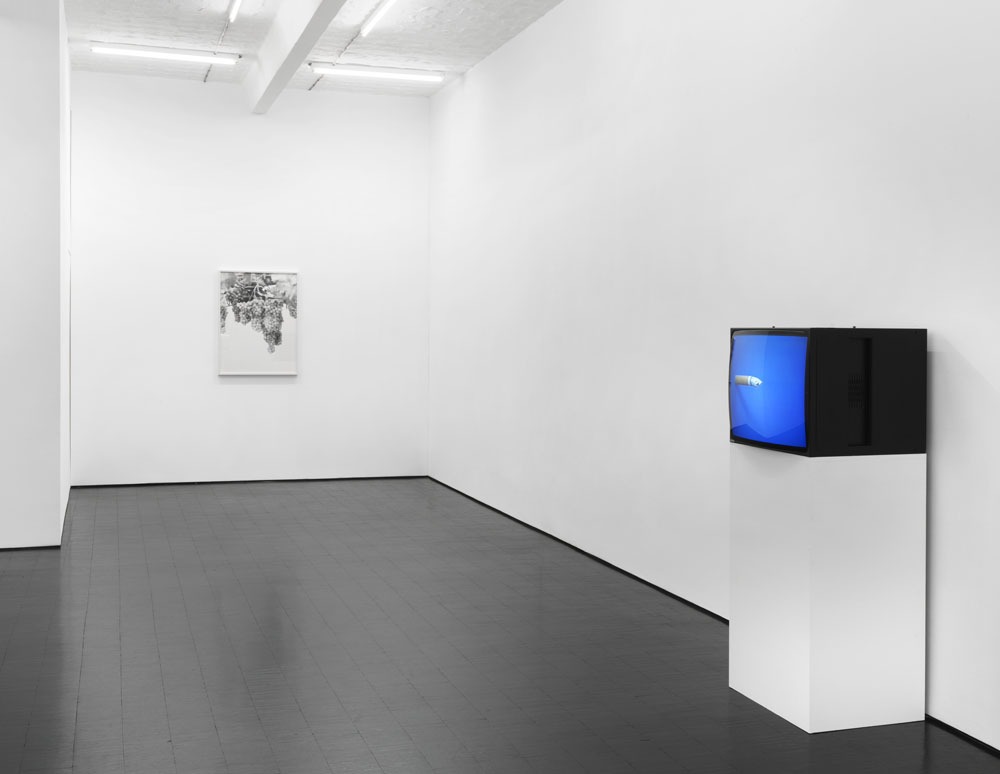A Fatal Attraction
26 Jan - 30 Mar 2019
A FATAL ATTRACTION
26 January – 30 March 2019
On Black Friday, 2011, at the onset of the sales season, the outdoor brand Patagonia runs an advertisement in the New York Times that apparently discourages its potential customers with the slogan: Don’t buy this Jacket. Showing one of their best-selling jackets – cut out against a clean, white background – next to a text detailing the ecological costs involved in its production, the advertisement reads like a protest against consumerism, though its context betrays its intention. Shopping seems to merge into everything, everything seems to merge into shopping. Even its critique. Arguably no sphere is effected more forcefully by this paradox than the contemporary art world, where the line between opposition and opportunism has become all but blurred. Employing a language whose credibility seems increasingly wanting, unease continues to be voiced, but in a different key. Not defensive. But perhaps subtler, less heroic.
Artists who do not want to give in to cynicism or self-delusion are bound to find new ways of articulating their aversion against a system in which they – despite everything – decide to participate. Reflection must now encompass the artist’s entanglement with a context in which “critique” has turned into a marketable style like any other. As the professionalization of the art world grows, reclusiveness and withdrawal are no longer necessarily escapist. They can be used as a refusal to produce easily packagable works, to play along and to ‘function’ in accordance with the system. As can forms of mimesis that seek to incorporate structural tensions and paradoxes, rather than to judge them from above. Be it through retreat or mirroring, the works on view in A Fatal Attraction pronounce their judgement quietly. The reveal as they retreat.
A Fatal Attraction alludes to an exhibition which Thomas Lawson curated in 1982 at the Renaissance Society of the University of Chicago. Focusing on the emerging Pictures artist, Lawson assembled works that addressed a different situation – the colonization of every aspect of daily life by the pre-scripted narratives and images of mass media. Still, with regard to the ambivalence at play in the works, Lawson’s description finds an uncanny echo in our contemporary situation. We are trapped firmly within the terms of a fatal attraction, Lawson wrote in the catalogue of the exhibition, unable to say ‘no’ with any conviction.
26 January – 30 March 2019
On Black Friday, 2011, at the onset of the sales season, the outdoor brand Patagonia runs an advertisement in the New York Times that apparently discourages its potential customers with the slogan: Don’t buy this Jacket. Showing one of their best-selling jackets – cut out against a clean, white background – next to a text detailing the ecological costs involved in its production, the advertisement reads like a protest against consumerism, though its context betrays its intention. Shopping seems to merge into everything, everything seems to merge into shopping. Even its critique. Arguably no sphere is effected more forcefully by this paradox than the contemporary art world, where the line between opposition and opportunism has become all but blurred. Employing a language whose credibility seems increasingly wanting, unease continues to be voiced, but in a different key. Not defensive. But perhaps subtler, less heroic.
Artists who do not want to give in to cynicism or self-delusion are bound to find new ways of articulating their aversion against a system in which they – despite everything – decide to participate. Reflection must now encompass the artist’s entanglement with a context in which “critique” has turned into a marketable style like any other. As the professionalization of the art world grows, reclusiveness and withdrawal are no longer necessarily escapist. They can be used as a refusal to produce easily packagable works, to play along and to ‘function’ in accordance with the system. As can forms of mimesis that seek to incorporate structural tensions and paradoxes, rather than to judge them from above. Be it through retreat or mirroring, the works on view in A Fatal Attraction pronounce their judgement quietly. The reveal as they retreat.
A Fatal Attraction alludes to an exhibition which Thomas Lawson curated in 1982 at the Renaissance Society of the University of Chicago. Focusing on the emerging Pictures artist, Lawson assembled works that addressed a different situation – the colonization of every aspect of daily life by the pre-scripted narratives and images of mass media. Still, with regard to the ambivalence at play in the works, Lawson’s description finds an uncanny echo in our contemporary situation. We are trapped firmly within the terms of a fatal attraction, Lawson wrote in the catalogue of the exhibition, unable to say ‘no’ with any conviction.

